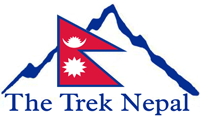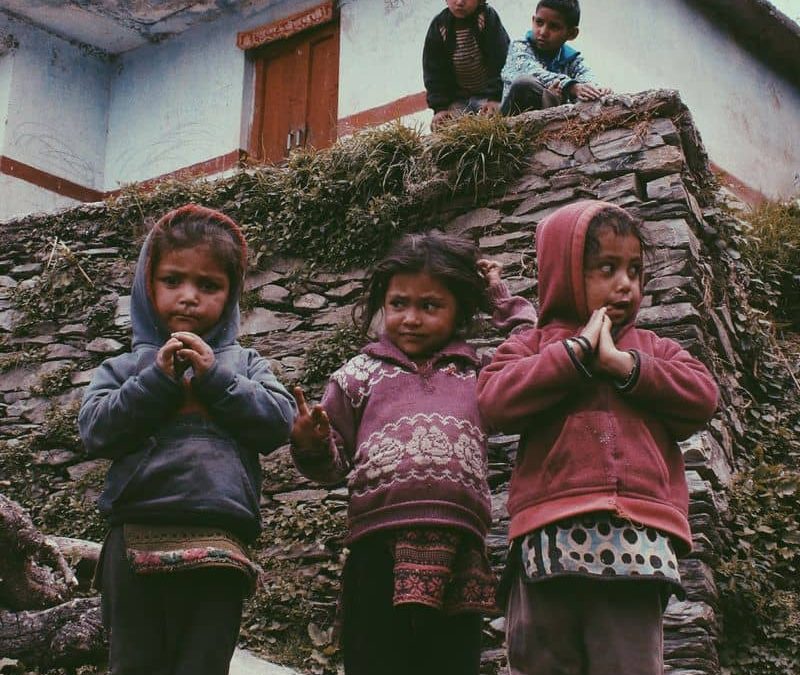The area above 5000m altitude sea level is called the mountain region. The mountain situated in the Himalaya range is called Himalaya. The society inhabiting near these mountains is collectively called Himalayan society and their culture is collectively called a Himalayan culture.
The Mountain environment, Himalayan society, and Himalayan culture are very different from the normal environment, society, and culture. Due to this, the mountains are the dream destinations of the local as well as foreign tourists.
Himalayan environment
Mountain regions mostly have an alpine climate. The temperature remains low throughout the year, however, at the very base of the mountain region, the climate change can be observed throughout the year. While no observable change in Top Mountain climates at the base the summer is pretty hot and other seasonal change can be also noticeable. Mostly when we talk about the Himalayan environment, we visualize a white snow-covered environment. Yes, the upper Himalayan region is always covered in snow. However, the mid as well as the lower Himalayan region may or may not be covered in snow which is based on the season of the year. In winter they may get snowfall but in summer it is also green.
The Mountain environment is filled with wonders. It has the freshest and healthy air in the whole world. The regions are also filled with various herbs and valuable trees. The topmost mountain regions are completely barren with just snow and rocks but the lower we go more vegetation can be found. The lower mountain environment is home to various herbs and trees. The most common trees of the mountain region are kattus, okhar,salla, uttis,baanj, chilwaune,guraans, oak, etc. While the herbs are yarshagumba, ashwagandha, Shatavari, cardamom, nutmeg, sesame, etc. These herbs are of great value in the medicinal purpose as well as in the ayurvedic treatment of diseases.
Mountain regions are the home of various wildlife such as the snow leopard, red panda, royal Bengal tiger, Himalayan monal, Himalayan black bear, and blue sheep. While yak, sheep, goats are the animals used for domestic purposes.
Himalayan society
In the mountain regions, most people live in the lower mountain region as the altitude increases the number of people decreases, fewer number people live in the mid-mountain region whereas the top mountain regions are inhabitable due to its harsh climatic conditions. The lower Himalayas are inhabited by various ethnic groups of Nepal such as Brahmin , chettri, sherpas whereas the upper areas are dominated by the sherpas. The Mountain region has the lowest population density of the three regions of Nepal with just 34 persons per square kilometer.
The mountain region does not have big cities like the terai regions. A little higher number of houses are situated at the Bazaar whereas only a few houses are scattered around habitable areas here and there. Namche Bazaar is one of the most popular examples of high population bazaar situated in the mountain region, which is also called the gateway to Mount Everest.
The People of the Himalayan region are involved in many activities to support their lifestyle. Major peoples are involved in agriculture and animal farming.
Also, tourism is the rising profession of the mountain peoples as people are realizing the potential behind it due to Himalayan culture and natural beauty. Annually the number of local as well as the foreign tourists is increasing, which is inspiring more and more locals to be involved in tourism. Acting as a local guide and opening a homestay in the trekking route is a popular business in commercial trekking routes as it gives high income in very low investment.
Himalayan culture
Himalayan culture is one of the major catalysts for tourist attraction in Nepal. Due to the various ethnic groups residing in the area, it is very rich in culture. Buddhists and Hindus mostly reside in these areas. The typical dress worn by the local mountain region is called bakkhu and the shoes are called docha. Due to the various ethnic groups celebrating various festivals, the festivals environment is created all time of the year. These festivals are an integral part of the Himalayan culture.
Teji festival is one of the most popular festivals of upper mustang. It is celebrated to chase the evil spirits away. It is celebrated by the Buddhists. Mitha festival is also one of the popular mountain festival of manang. It is a Festival celebrated by taking part in an archery competition with homemade bow and arrows to welcome the spring season.
Lhosar is celebrated throughout the country but is mainly celebrated by the peoples of the Himalayan region. There are more than one Lhosar as some of the ethnic groups have their own individual Lhosar festival. The Lhosar festival is a Tibetan New Year celebration. In this festival, people dress up in their cultural dress and celebrate with their friends and families.
Tamu dhee is a popular festival celebrated in the Gurung community. The festival is celebrated to scare off evil spirits and demons. It is believed that this festival also protects agriculture lands, products as well as cattle from the harms. Besides from these Dashain and Tihar, Mani rimdu, Yarthung, Dumji, yartung are some of the popular festivals of the Himalayan culture. These festivals, ethnic groups make the Himalayan culture rich in diversity and acts as a focal point for tourist attraction.


Submit a Comment
You must be logged in to post a comment.